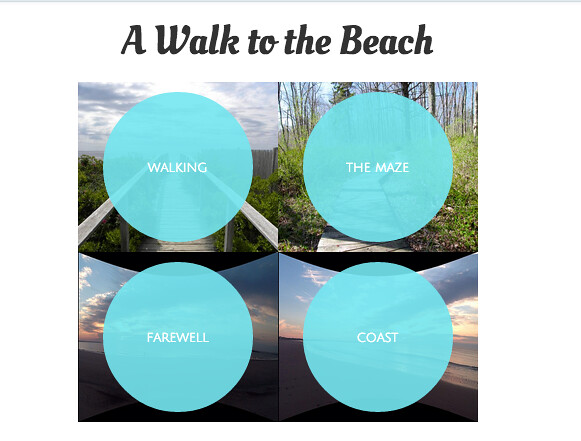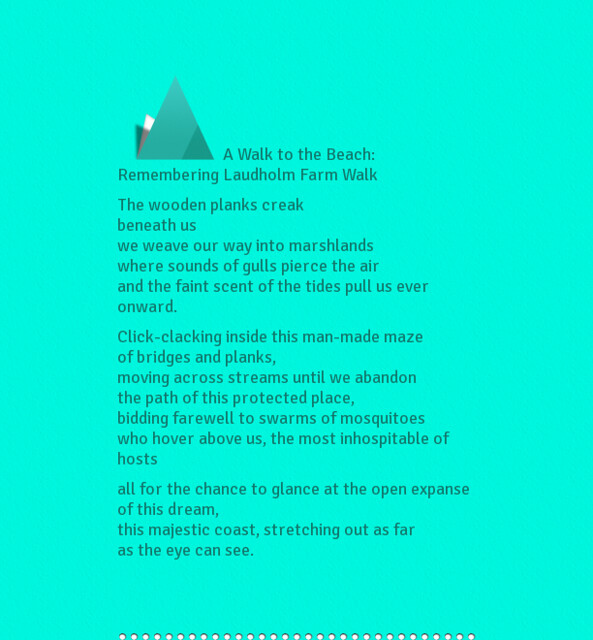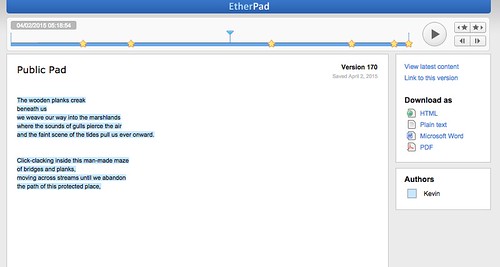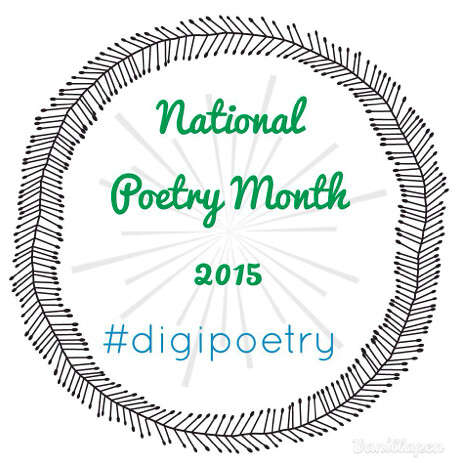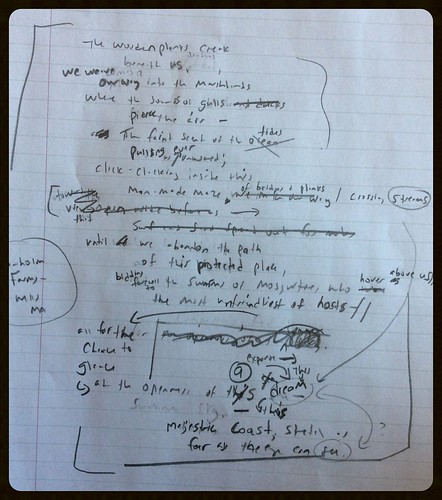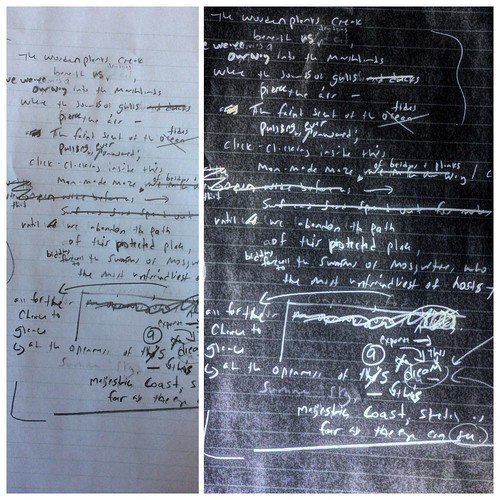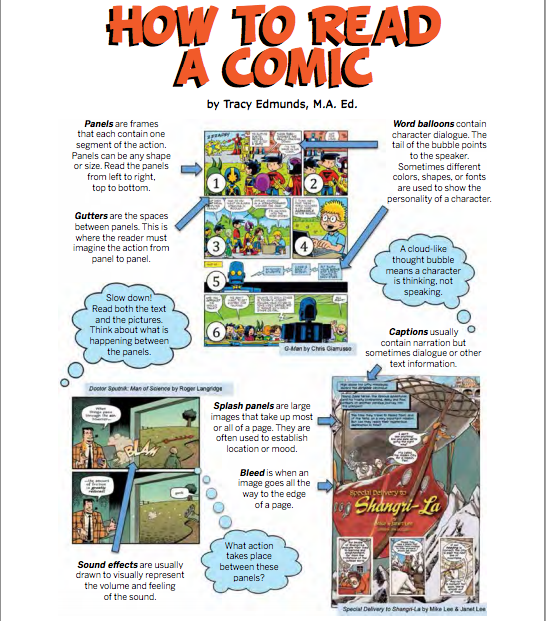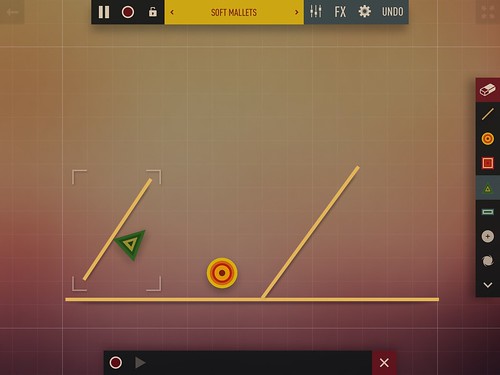Here I am, still working with a single poem, from draft to finish and beyond. This is not how I usually write. I am a quick, “I am done” kind of writer, who moves on to new things once the last thing is completed. I don’t suffer from attention deficit (I don’t think) but I am always in search of the next writing piece that will kick in that moment of creative excitement.
Working on the same poem for days on end … not my cup of tea. I am a little tired of this walk through the woods to get to the beach …
But here I am, moving into a remix stage of my piece about walking through the woods on the way to the ocean, a poem of place about Maine. I want to share two versions here, both of which use Webmaker’s Thimble site, and both are a little different in nature and experience.
First, this remixed poem layers the text into four stanzas, with images for each stanza that shift when you hover the mouse over them. It’s not that dramatic a remix, to be frank, but I love the look and feel of this (which I remixed from a former poem from last year, which used a template that I remixed ….)
Second, I was thinking about how I could use the Blackout Poem idea (of using a sharpie to remove words from a text, leaving only a poem) and I wanted to do it with Thimble. I remixed yet another remix poem, in which the push of the button “drops” text out of view, leaving designated words behind. In this case, I tried to make a new poem living inside of the old poem.
(Note: This worked fine for me in Firefox but not in Chrome or Safari. Sorry. It has to do with the javascript being used in the code, I think.)
Peace (in the remix),
Kevin
